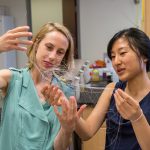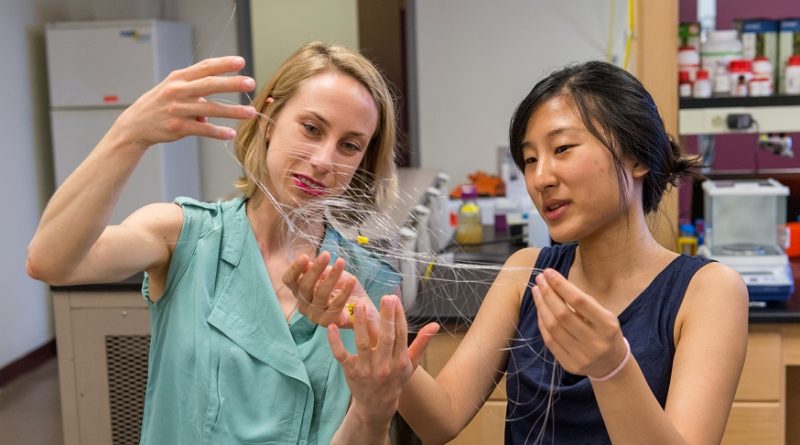National Science Foundation Grants UW Center for Sensorimotor Neural Engineering (CSNE) $16 Million
The University of Washington is in the midst of inventing a device that will allow those paralyzed from injury or stroke to move their limbs again. The device will be surgically implanted into the brain and have the ability to understand brain signals. The device will operate by sending signals between regions of the brain that weren’t able to communicate.
The National Science Foundation granted $16 million to the center over a span of four years to execute its research. UW, as well as researchers from the Massachusetts Institute of Technology, San Diego State University, and other partners, lead the center. In addition to the research, the grant is also paying for studies towards the ethics of using the device.
CSNE—also referred to as the center—was established in 2011 through an $18.5 million federal grant. According to UW Director of the center, Rajesh Rao, the center’s previous discoveries have lead to technological advancement that could make this device marketable within the next decade.
By 2020, the center hopes to acquire evidence that demonstrates the device is advanced enough to safely implant within animals and humans.
According to Rao, when the center was first established in 2011, researchers did not have a focused mission; they were exploring various areas and weren’t sure if the National Science Foundation (NSF) would continue funding the research.
In 2013, Rao accepted the position as director, gearing the center’s research toward brain implant devices that could help victims of strokes, spinal cord injuries, and progressive neurological diseases, such as multiple sclerosis, Huntington’s disease, and Parkinson’s disease.
The NSF recognized that Rao and the team set a stable research path and allotted the center a renewal grant last year.
Currently, the lab has created “bi-directional” devices that can interpret brain signals, translate the information sent to the brain, and send that information to other parts of the brain. Researchers hope to go further and develop an artificial pathway, enabling information to maneuver around the damaged areas of the brain.
To make all of this possible, researchers first have to make certain the device can be implanted in neural tissue without being rejected.
According to Rao, the brain tends to enclose inserted electrodes—a vital component of electrochemical cells that transport and produce electrons from one half-cell to another—with scar tissue. This prevents the “insert” from functioning properly.
The first generation brain-stimulation device delivers electrical impulses to the brain—when the patient is awake and sleeping—draining the device’s battery and leading to more surgeries to replace them.
To successfully create the device—that will treats nervous-system disorders and tremors—researchers must first understand how the brain rewires itself after a stroke or injury, and how it would adjust to an artificial device.
The center and UW is collaborating with Medtronic, an Irish medical device company, to develop a device similar to a pacemaker, but for the brain.







